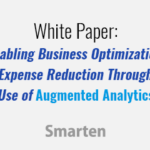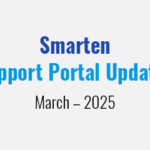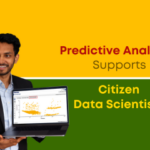Why is Data Literacy Important?

If you have attended technology conferences or read industry publications, you have probably heard the term ‘Data Literacy’. If your enterprise is considering undertaking an initiative to encourage and nurture data literacy in your organization, you may be looking for a better understanding of the concept and the benefits.
The definition of the term ‘data literacy’ may be readily apparent but, in case you are looking for a definition to use in your internal discussions, you might want to think of data literacy in this way. Data Literacy means that your team members have the ability to read, work with and understand, analyze, present and make decisions using data. Data literacy focuses on encouraging and nurturing data competencies and making your team members comfortable with the use of analytical tools, technology solutions and data comprehension and presentation, including a comfort level with data collection and analysis, data sharing and data-driven business decisions.
Becoming Data Literate – To be data literate, your team members do not need to be data scientists or business analysts. They do not have to grasp and use algorithms and analytical techniques at a technical level. They simply have to be confident in the use of Augmented Analytics Tools and solutions that allow them to gather and analyze data for forecasting and planning, problem solving and understanding trends and patterns and changes in customer buying behavior, sales results etc. Team members should be able to read graphs, charts, polls, surveys and analytics and derive clear answers from these tools.
To accomplish your data literacy mission, you must look at the culture, encourage and nourish power users and those who can see the value in the creative and innovative use of data in everyday situations as well as in developing the strategic initiatives of the organization. In addition to these cultural changes, the enterprise must also look at technology with an eye toward integration of data and the implementation of tools that will make it easy for business users to join in the initiative. Augmented analytics and tools like Smart Visualization and Self-Serve Data Preparation, as well as Assisted Predictive Modeling can provide guidance and auto-suggestions and recommendations to make users more comfortable in adopting analytics and achieving positive outcomes. The use and adoption of these tools will help all team members become more data fluent and allow them to leverage data to express ideas and tell a story to support a decision.
The organization must create a stable foundation for data literacy and data fluency by looking at standards, processes, activities and tasks and establishing meaningful metrics and measurements that include data engagement in goals and objectives.
If you want to explore the rich benefits of data literacy and discover the foundational tools that will help your users achieve data literacy and data fluency, Contact Us today.










